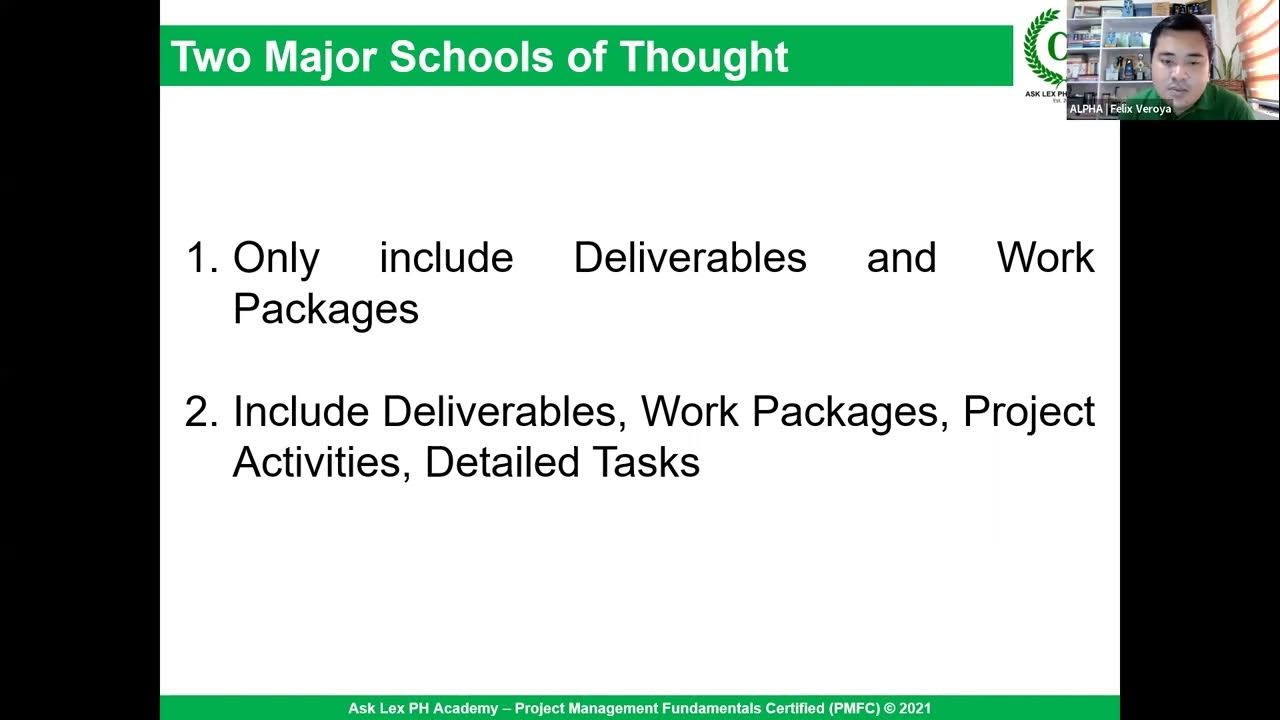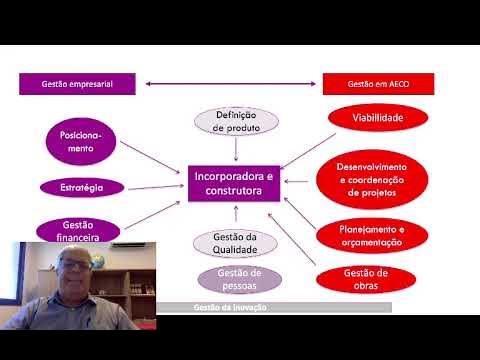Lec-01_Phases of Construction Project | Construction Engineering and Management | Civil Engineering
Summary
TLDRThis video introduces construction management, focusing on defining a project and its phases. It explains that a project is a temporary endeavor to create a unique product or service, with a definite beginning and end. The video outlines the five phases of a construction project: briefing, designing, tendering, construction, and commissioning. Each phase's purpose and activities are detailed, emphasizing the importance of planning and coordination to ensure projects are completed on time, within budget, and to the required quality.
Takeaways
- 🏗️ The construction project is defined as a temporary endeavor to create a unique service, product, or result.
- 🌐 A project can be anything from building a structure to planning a vacation, but construction projects are specifically focused on creating physical structures like buildings, bridges, or dams.
- 📚 The PMBOK (Project Management Body of Knowledge) defines a project as temporary and unique, emphasizing that projects have definite beginnings and ends and are different from one another.
- 🛠️ ISO 1006 defines a project as a unique process consisting of coordinated and controlled activities to achieve objectives under constraints like time, cost, and quality.
- 🔍 The briefing phase, also known as the report stage, is where project ideas are generated and evaluated for economic viability and social utility.
- 🎯 The purpose of the briefing phase is to specify project functions and costs, and to interpret the owner's wishes to estimate the project's cost.
- 📈 The feasibility report contains technical, economic, financial, and ecological analyses to determine if a project is feasible in various aspects.
- 📊 Technical analysis in a project checks the site selection, construction methods, resource availability, material specifications, and construction equipment selection.
- 💼 Economic analysis evaluates if a project is economically viable and provides value for money, using methods like payback period and return on investment.
- 💵 Financial analysis estimates capital costs and identifies funding sources for the project, including loans, mortgages, or self-funding.
- 🌿 Ecological analysis assesses the environmental impact of major projects and ensures necessary government approvals are in place.
- 📈 The designing phase, or planning stage, finalizes plans, methods of construction, working drawings, specifications, and prepares for tender invitations.
- 📋 The tendering stage involves inviting tenders, pre-qualifying contractors, preparing contract documents, and clarifying ambiguities in the contract.
- 👷♂️ The construction stage is where the project is executed according to design, within time and budget constraints, ensuring required quality.
- 🔧 The commissioning stage evaluates the structure's performance, considers maintenance and repairs, and ensures the project meets design specifications and functions correctly.
Q & A
What is the definition of a project according to PMBOK?
-According to PMBOK, a project is defined as a temporary endeavor undertaken to create a unique service, product, or result.
What does the term 'temporary' imply in the context of a project?
-The term 'temporary' implies that every project has a definite beginning and end. Once completed, the project becomes a product, service, or asset.
What does the term 'unique' mean in relation to projects?
-The term 'unique' means that every project is different in some way from other projects, even if they seem similar.
What is the purpose of the briefing phase in a construction project?
-The purpose of the briefing phase is to enable the client to specify the project function and permissible cost, and for the construction team to interpret the owner's wishes and estimate the project cost.
What are the main activities performed during the briefing phase?
-The main activities during the briefing phase include appointing a project steering committee, appointing a project manager, investigating technical and non-technical aspects of the project, studying various projects to identify the most feasible one, and preparing a project report.
What is a feasibility report and what does it contain?
-A feasibility report assesses whether a project is feasible in terms of technical, economic, financial, and ecological aspects. It helps determine if the project should proceed or be terminated.
What are the four types of analysis conducted in a feasibility report?
-The four types of analysis conducted in a feasibility report are technical analysis, economic analysis, financial analysis, and ecological analysis.
What is the significance of the designing phase in a construction project?
-The designing phase, also known as the planning stage, is significant as it finalizes the project plan, including the method of construction, working drawings, specifications, and construction program.
What are the main purposes of the tendering stage in a construction project?
-The main purposes of the tendering stage are to invite tenders from contractors, perform pre-qualification, prepare contract documents, arrange pre-bid meetings, negotiate prices, review submitted documents, and clarify ambiguities in the contract documents.
What is the primary goal of the construction stage?
-The primary goal of the construction stage is to execute the project according to the design drawings and specifications within the set time limit, budget, and required quality.
What are the key activities during the commissioning stage of a construction project?
-The key activities during the commissioning stage include recording actual activities, inspecting and rectifying defects in the construction, preparing operating and maintenance manuals, and carrying out performance tests.
Outlines

Dieser Bereich ist nur für Premium-Benutzer verfügbar. Bitte führen Sie ein Upgrade durch, um auf diesen Abschnitt zuzugreifen.
Upgrade durchführenMindmap

Dieser Bereich ist nur für Premium-Benutzer verfügbar. Bitte führen Sie ein Upgrade durch, um auf diesen Abschnitt zuzugreifen.
Upgrade durchführenKeywords

Dieser Bereich ist nur für Premium-Benutzer verfügbar. Bitte führen Sie ein Upgrade durch, um auf diesen Abschnitt zuzugreifen.
Upgrade durchführenHighlights

Dieser Bereich ist nur für Premium-Benutzer verfügbar. Bitte führen Sie ein Upgrade durch, um auf diesen Abschnitt zuzugreifen.
Upgrade durchführenTranscripts

Dieser Bereich ist nur für Premium-Benutzer verfügbar. Bitte führen Sie ein Upgrade durch, um auf diesen Abschnitt zuzugreifen.
Upgrade durchführenWeitere ähnliche Videos ansehen
5.0 / 5 (0 votes)






